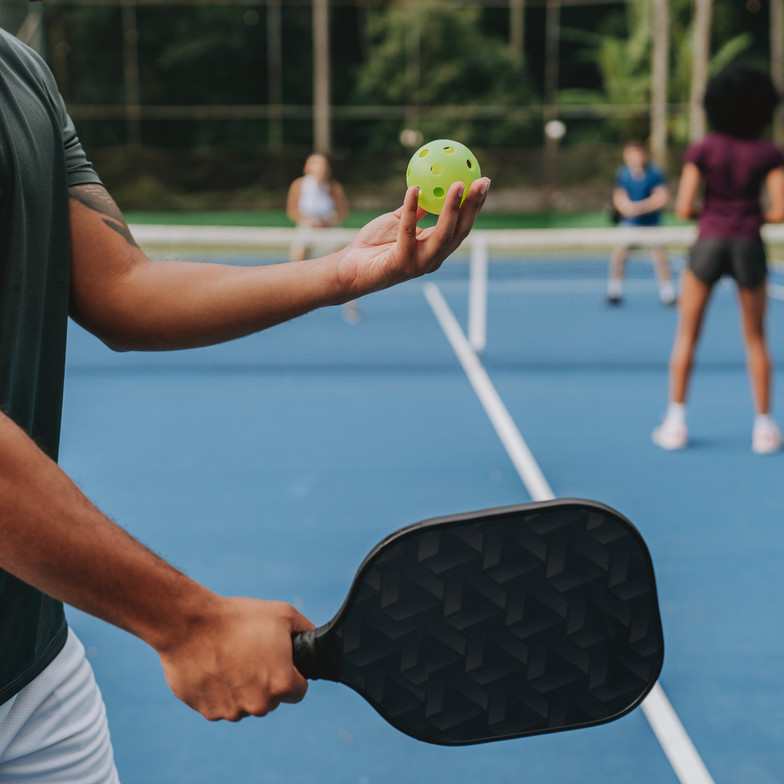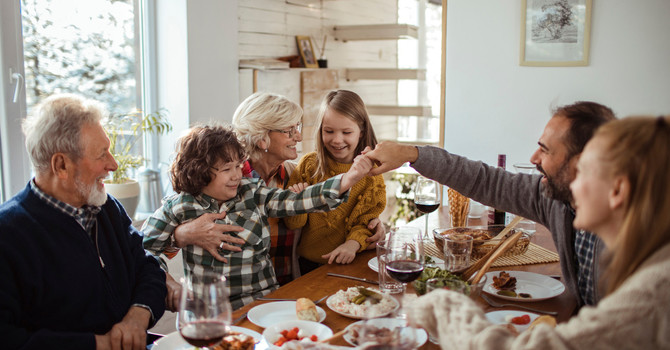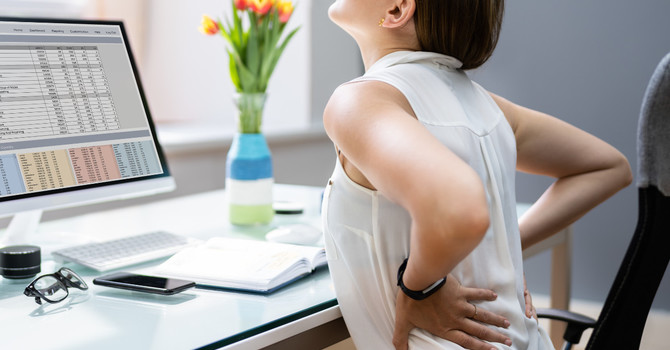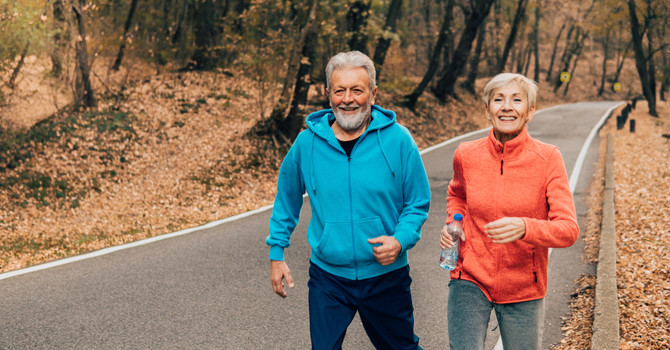
If you’ve ever shuffled onto the courts at Centennial Park, paddle in hand and energy high, only to leave limping (or swearing you’ll “just ice it again”), you are not alone. Pickleball is the heartbeat of so many in Vacaville—and that quick pop, pivot, or dive can make you feel younger than you have in years. But let’s be honest: it can also leave you feeling decades older by the next morning.
Here’s the fear nobody wants to admit out loud: as much as we love the social buzz and friendly competition, there’s always that little voice—what if this is the lunge that sidelines me for good? At White Oak Chiropractic, I see active folks just like you who want to keep up with their teammates, gatherings, and everything Vacaville life offers...without nursing another nagging injury.
Let’s break down the most common pickleball injuries I see in my practice, why they happen, and—most importantly—what you can do to keep enjoying the game, season after season.
“Pickleball Elbow” and Arm Pain: More Than Just Sore Muscles
You’re not imagining it if that dull ache on the outside of your elbow creeps in after doubles. “Pickleball elbow”—yes, it’s real!—comes from the same overuse that plagues tennis players, with one big difference: pickleball’s short, punchy swings don’t always give your tendons time to recover.
Why it happens: Quick backhands, tight grips, and extra sets ask a lot of your forearm and elbow. Over time, those small motions can inflame the tendons, leading to burning pain with every swing (and sometimes while lifting a coffee mug).
What works for prevention: Warm up those wrists and elbows before your game. Loosen your grip—your paddle should feel connected, never clenched. Ergonomic paddles with vibration-dampening features can make a surprising difference. And if pain lingers, don’t just rest and ice—seek care that targets the structural source. Advanced BioStructural Correction™ (ABC™) and regenerative options like StemWave help get to the root, not just mask the symptom.
Real-world snapshot: One of my favorite longtime patients, a retired teacher in her 60s, came in last spring after she started skipping Sunday games. “I just can’t get my serve over without this sharp elbow pain.” Some simple postural tweaks, a handful of ABC™ and StemWave sessions, plus at-home stretches, had her winning her friendly rivalries (again) within weeks.
Ankle Sprains & Foot Injuries: Pivots Shouldn’t Lead to Problems
Slide steps and quick turns mean your feet and ankles take a beating, especially out at Trower Courts. Those sudden zigs and zags? Great for your doubles defense—not so much for stability if your footwear, balance, or muscle support aren’t up to speed.
Why it happens: Wearing standard running shoes instead of court shoes, weak ankle and foot muscles, or subtle misalignments in your gait, can throw off your foundation.
How to stay strong: Invest in supportive court shoes or try minimalist shoes for best ground feedback and balance. Add simple balance and calf-raise exercises to your routine. Your feet are the foundation—when they’re not moving and supporting you well, everything else from your knees to your back starts working overtime, and those “little twists” can turn into bigger problems.
Knee Pain: Not Just an Age Thing—It’s an Alignment Thing
Pickleball has a sneaky way of putting your knees to the test. Whether it’s that low volley or a deep lunge, knee pain shows up as everything from a mild ache to sharp twinges.
Why it happens: Weak glutes or hamstrings, imbalance in how you land and push off, or poor alignment in hips, spine, or ankles. Old injuries can leave you feeling less sure-footed.
Smart moves for prevention: Build lower body strength with bridges, squats, and lunges—adjust to your fitness level. Never skip your warmups or cooldowns. And if chronic pain nags, realize it's usually your body compensating for deeper misalignments or injury to your tendons/ligaments—which is exactly what structural chiropractic (like ABC™) and regenerative care like StemWave aims to address, beyond just surface-level pain relief.
Want extra strategies to protect your knees and joints? The USA Pickleball Association shares practical injury prevention tips for players of all ages.
Shoulder Strain: Why Overheads Hurt (and What To Do)
Overhead serves, quick smashes, and stretching for that high lob make pickleball a serious workout for your rotator cuff and shoulders. If post-match soreness turns into aching—or you’re avoiding your biggest play—it’s time to listen to your body.
What’s going on: Overuse and fatigue in your smallest shoulder stabilizers. Poor posture or a rounded upper back (hours at your computer or phone) can stack the odds against you.
Winning shoulder habits: Gentle, consistent strengthening—think resistance bands and movement you can control. Stretch chest and upper back daily. And if your posture’s slumped, or foam rolling isn’t helping, structural correction can restore your alignment so your shoulders (and your serve) work smarter, not harder.
Low Back Pain: Your Body’s Early Warning System
The biggest reason locals “of a certain age” give up pickleball? That stubborn, “just won’t quit” low back ache. It can sneak up slowly, or strike after one awkward twist.
Where it starts: Subtle misalignments in your spine or pelvis, weak or unengaged core and glutes, or neglecting posture on and off the court.
How to outsmart it: Keep that core active, even on the court (gently tighten your belt as a reminder). Do a few glute activations before you serve. If pain persists, a thorough structural assessment helps pinpoint if your spinal alignment needs correcting—treating the problem instead of the pain for the long haul.
From Recovery to Resilience: The White Oak Long Game
Truth time: While ice and rest can help in the short term, real resilience means addressing what’s causing the pain—not just managing it between games. Prevention is resilience. That’s where we come in.
How we help pickleball players and active Vacaville locals:
- Advanced BioStructural Correction™ (ABC™): This gentle, scientific approach addresses misalignments most folks never realize are there, helping you move and recover with confidence.
- Regenerative StemWave Therapy: Uses sound waves to reboot your body’s healing process and reduce inflammation—no drugs, no downtime.
Case in point: One community center regular, a competitive 68-year-old, was sidelined after a foot injury. With a customized plan—structural care, a course of StemWave sessions, and targeted home exercises—he was right back in the play rotation, pain-free.
Ready for a Better Pickleball Season in Vacaville?
If you want care that gets to the root—not just the symptom—and helps you stay your strongest, I’d love to help.
Call us at (707) 446-1714, or come see us at White Oak Chiropractic at 785 Alamo Dr., Suite 150, right here in Vacaville. Book online, and mention this article for a complimentary consultation.
Let’s keep you where you belong: on the court, moving well, and living fully—pickleball paddle in hand.





